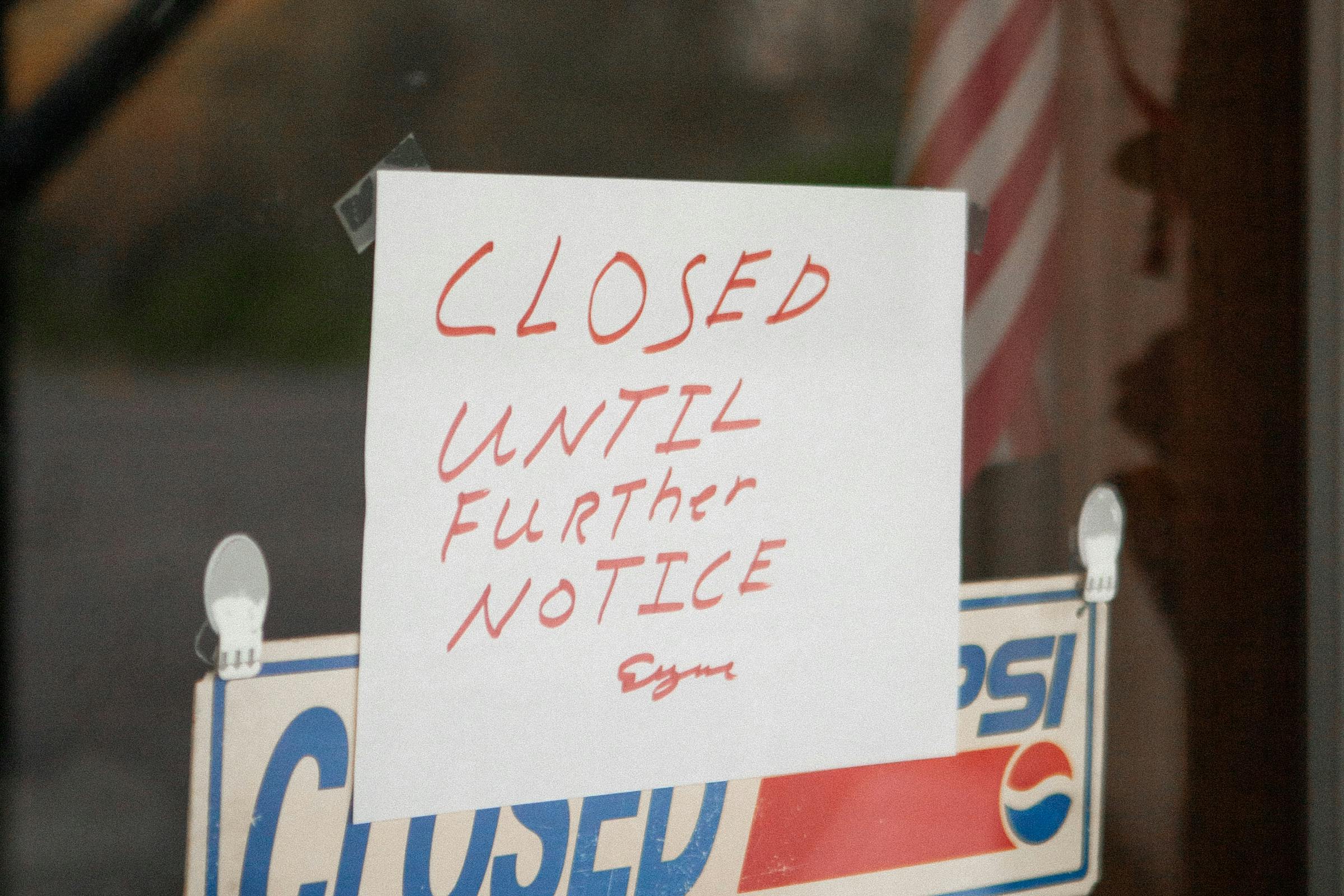The Labor Condition Terms
Before we dig into the changes, let’s look at the document that holds the crucial information discussing the visa holder’s workplace location. This is the Labor Condition Application (LCA) submitted to and approved or denied by the Department of Labor (DOL).
On this application, the job sponsor completes the information regarding the position, pay, steps the employer took before offering the job to a foreign national, and other essential pieces of information. The workplace address is also included.
Once the LCA is approved, the terms and conditions of the beneficiary’s labor must remain the same as listed on the document. Any changes, such as a raise or change in job duties, are reported to USCIS. The LCA must be posted conspicuously in the workplace, allowing other employees to see the document easily before the new worker can begin their job.
Yet, although the terms of the LCA prevail, it’s understandable that during the three-to-six years a beneficiary is permitted to stay in the US and work for his or her sponsor, the job and pay can vary. Provided the changes are minor, such as a pay raise or promotion at the same worksite, these are simple adjustments. But if the location changes, the Matter of Simeio Solutions, LLC, takes precedence.
Staying in Compliance With Worksite Changes
Prior to April 2015, visa holders who changed locations without filing an H-1B amendment didn’t consider the matter a big deal. USCIS didn’t pursue any adverse action, provided they continued to follow the rest of the terms and conditions.
However, in April 2015, the appeals office changed this inaction with the Matter of Simeio Solutions, LLC. This regulation adjusted the requirements that must be followed when an H-1B holder changes worksite addresses. The employer must file an amendment of the petition when a material change in work conditions occurs.
Material changes include any significant raise, a change in job duties, a job title change, an adjustment from full-time to part-time or part-time to full-time, or the change in worksite location as discussed above.
Obtaining a New LCA
While most material changes don’t require starting from scratch with the Labor Condition Approval, a worksite location change outside of the Metropolitan Statistical Area (MSA) does.
Consider the original LCA. The information and details in those terms, such as pay, are based stringently on the geographic location of the job. When the job location changes, the pay minimum can also change, making a new LCA necessary.
Do you need to file an amendment for your worksite change? Look up your Metropolitan Statistical Area for your original place of employment, then compare it to your new one. If the two are not the same, USCIS is going to require a new LCA through an amended H-1B petition.
Commonly Asked Questions
Keep in mind that all location changes don’t require this new amended petition. Moves within the same MSA are exempt, but the original LCA still needs to be posted at the new location. Temporary placement at a non-worksite location, such as conferences, training, and professional development, are not worksite changes.
Short-term coverage at another worksite as part of the original job description, as occasionally happens when an employee must learn from or teach colleagues at a different branch, doesn’t require an amendment. These situations are deemed “peripatetic work,” and are allowed on a recurring but not excessive basis.
In general, the rule for any short-term placements can’t exceed 30 or 60 days, either consecutively or not consecutively. If 60 days is the aim, the employer must show that the H-1B worker’s home base remains the original worksite. The worker’s residency must remain within the area of the permanent job. If an H-1B holder moves residences, they must report the new address to USCIS within ten days of moving. This is done via the USCIS online account or by completing Form AR-11 online. An amended H-1B petition isn’t necessary.
What’s Next?
Whether or not you need to complete an H-1B amendment is an important decision. Erring on the side of caution is wise, as it’s better to submit too much paperwork than not enough. Still, if you want to ensure you’re following the rules as an employer and employee, it’s best to work with a skilled immigration attorney like those of us at Visa2US. Mistakes can lead to substantial penalties, including a revoked petition.
Contact our office at Visa2US to discuss your concerns and learn how to comply with every regulation that applies to your visa.














